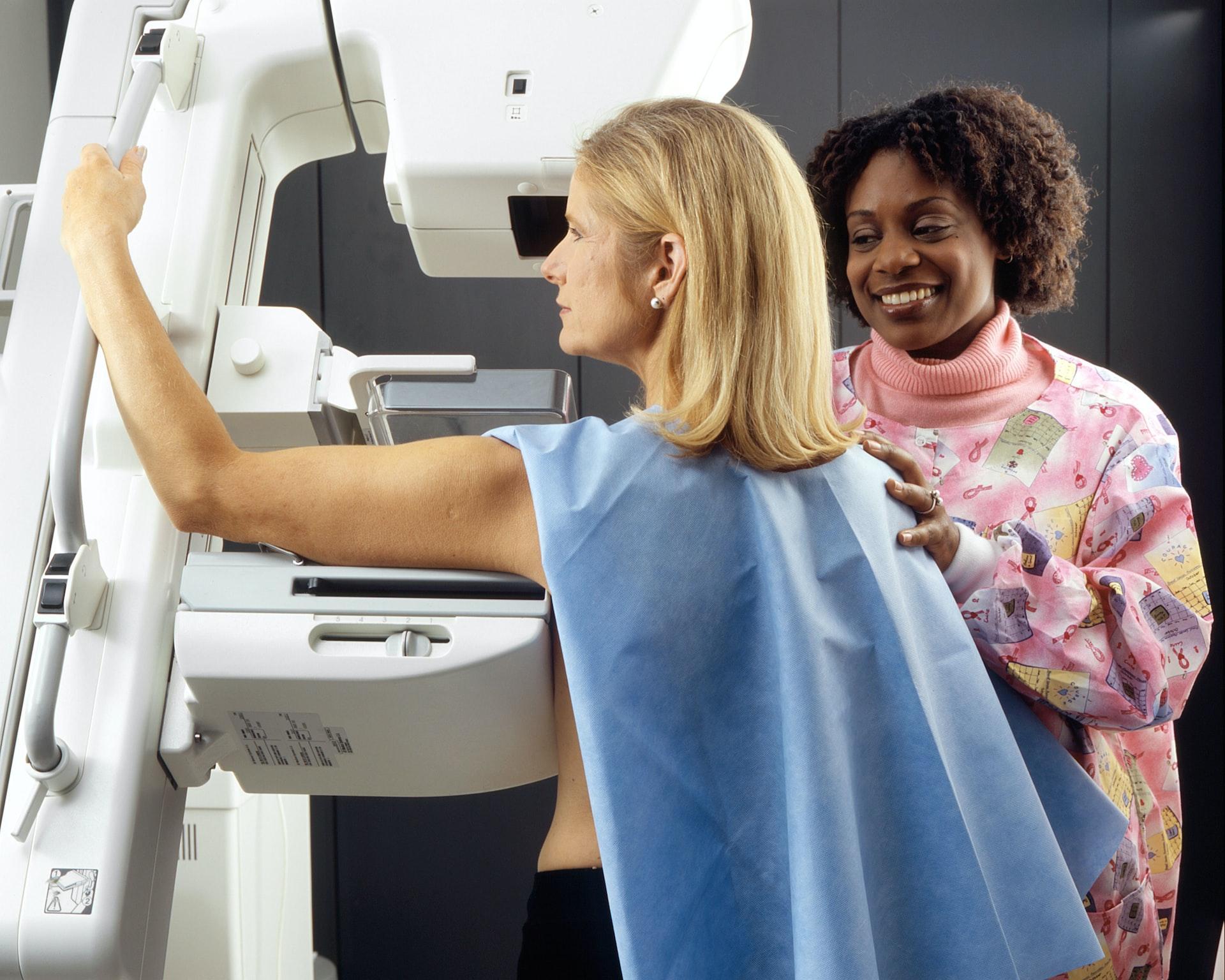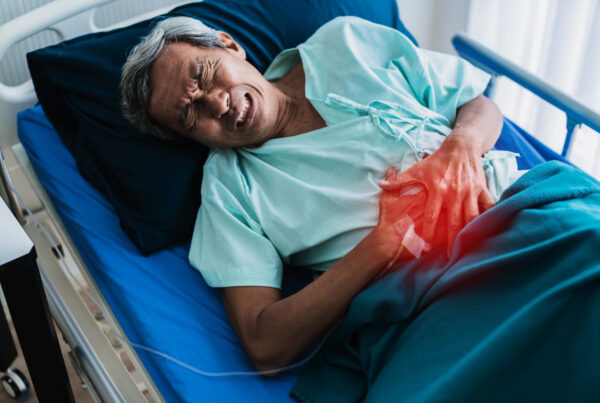According to the American Cancer Society, 1 in 23 men and 1 in 25 women will develop colon cancer during their lifetime. The Centers for Disease Control and Prevention (CDC)Trusted Source, estimates that colon cancer is the third most common type of cancer in the United States.
The symptoms and treatment will generally be based on the stage your cancer is in when you are first diagnosed. Learn more about symptoms, colon cancer stages, examination, treatment, and how to prevent it.
Colon cancer symptoms
- You feel the change in bowel habits such as diarrhea, constipation that lasts for more than a few days
- A constant disgraceful feeling that you need to have a bowel movement that is not soothed by having one
- Rectal bleeding with red blood
- Dark brown or black blood in stool
- Fatigue and weakness
- Losing weight without trying
- Twitches or abdominal(belly)pain
What to do
If you have rectal or colon cancer, treatment depends on which grade of cancer it is. Treatment may include radiation, surgery, immunotherapy or targeted therapy, or chemotherapy. You should talk openly with your doctor and ask questions if you have any doubts.
Examination
Colonoscopy
In this process, a thin tube with a light on the end is inserted through the anus, into the rectum and colon to look minutely at the inside. If any abnormal growth happens, a piece of it can be picked up( a biopsy) and checked in the lab for cancer cells.
- Biopsy-a biopsy is a test where a doctor takes out a piece of tissue where cancer might be. The tissue is examined for cancer cells. This is the best possible way to know if you have cancer.
- CT or CAT scan- A CT scan is just like an x-ray but can be called a more advanced version. You can get here your pictures of the inside in more detail.CT scans are also performed when a biopsy can show if cancer has spread.
- Ultrasound-A ultrasound is a test where a small wand is moved around on your skin. It projects sound waves and picks up echoes as they bounce off tissues. The echoes are seen in a picture on a computer screen. It is used to help see cancer and see if cancer has spread.
- Gene and protein tests
The cancer cells in the biopsy tissue can be tested in protein or gene tests like BRAF, MMR, KRS, and MSI. After knowing the types of genes or proteins of your cancer, it is easy for a doctor to decide what treatment is preferable.
Other tests, such as MRI scans, x-rays, and blood tests may also be done to look at how big the cancer is and whether it has spread.
Risk factors you can’t avoid include:
- If you are being over 50
- If you have a prior history of colon polyps
- If you have a prior history of bowel diseases
- If you have a family history of colorectal cancer
- If you are having certain genetic syndromes, such as familial adenomatous polyposis (FAP)
- being of African or Ashkenazi Jewish descent
Risk factors you can avoid
- Avoid smoking
- Control obesity
- Control drinking
- Having type 2 diabetes
- Avoid lazy lifestyle
- Avoid processed meats
Skin cancer is the most common type of cancer you have ever seen. It happens when there is an irregular growth of skin cells. There are mainly three types of skin cancers, includes
-
Basal Cell Carcinoma Signs and symptoms
Basal Cell carcinoma usually targets sun-exposed areas of your body such as your face or neck.
The target point of basal cell carcinoma is
- A waxy or pearly bump
- A flat, brown scar-like, or flesh-colored wound
- A bleeding sore that heals and returns
-
Squamous cell carcinoma signs and symptoms
Most often, squamous cell carcinoma targets sun-exposed areas of your body, such as your face, ears, and hands. People with darker skin are more prone to develop squamous cell carcinoma in areas that are not often exposed to the sun.
The target point of Squamous cell carcinoma is
- A solid, red nodule
- A flat wound with a scaly, crusted surface
-
Melanoma Signs and symptoms
Melanoma is the most serious type of skin cancer because it can spread to other portions of your body. It can even occur in your eyes and internal organs. Legs are a common site in women and the upper back is a common area in men.
Signs and symptoms
- A brown-pigmented bump or patch
- A mole that changes in size, or color or that bleeds
You can follow an ABCDE rule which guides you on what signs to watch for
- Asymmetry-uneven shape
- Border-undefined shaped edges
- Color-mole with more than one color
- Diameter-larger than a pencil eraser(6 mm).
- Evolution-changing in color, shape, and size, enlarging(This is the most dangerous sign)
Be concerned about precancerous skin lesions that can transform into non-melanoma skin cancer. They are visible as small scaly, red, or tan spots, and most often appear as surfaces of the skin persistently exposed to the sun, such as the face and backs of the hands.
What to do
If you find a mole or other skin lesion in your body, make an appointment and show it to your doctor. They will check your skin and may ask you to visit a dermatologist and have the mole or lesion further examined.
How is skin cancer diagnosed?
Discussion-At first your dermatologist may ask you if you have observed any changes in any existing freckles, moles, or any new skin growths.
Examination
The symptoms, treatment, and outlook for skin cancer will generally depend on the stage your cancer is in when you are first diagnosed.
Your dermatologist will check all of your skin, including your ears, scalp, soles of your feet, and palms of your hands. If anything got suspicious, a biopsy may be required.
Treatment Cryotherapy Excisional theory Mohs surgery Chemotherapy and Immunotherapy Radiation therapy Photodynamic therapy
How to prevent it
- Use broad-spectrum sunscreen with an SPF of 30 or higher every day.
- Use hats with wide brims to protect your face and ears
- Use a lip balm with SPF.sunglasses to protect your eyes
- Use long-sleeved shirts and pants to protect your arms and legs.
- Try to avoid the sun between 10 a.m and 4 p.m.
Conclusion
If you find any of these symptoms you will need to see a doctor as early as possible.










